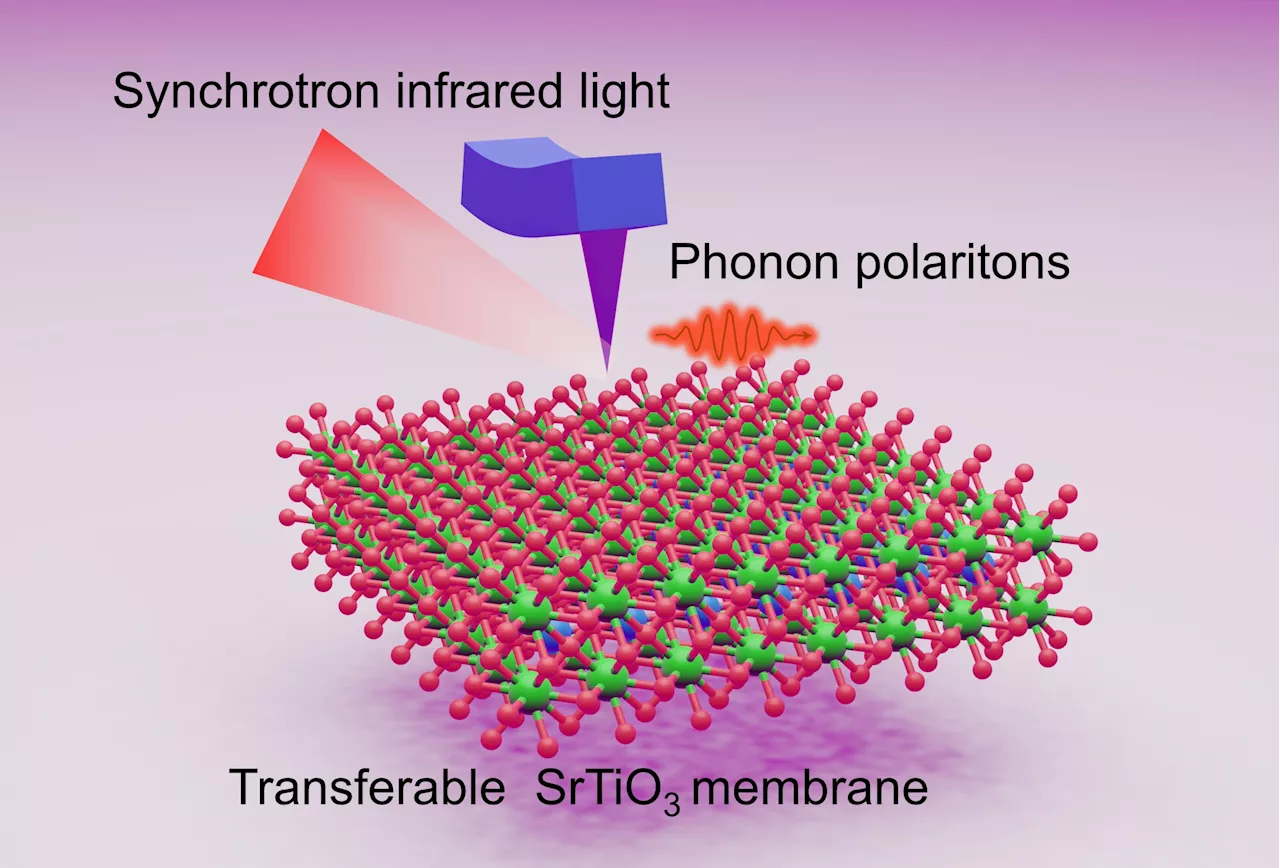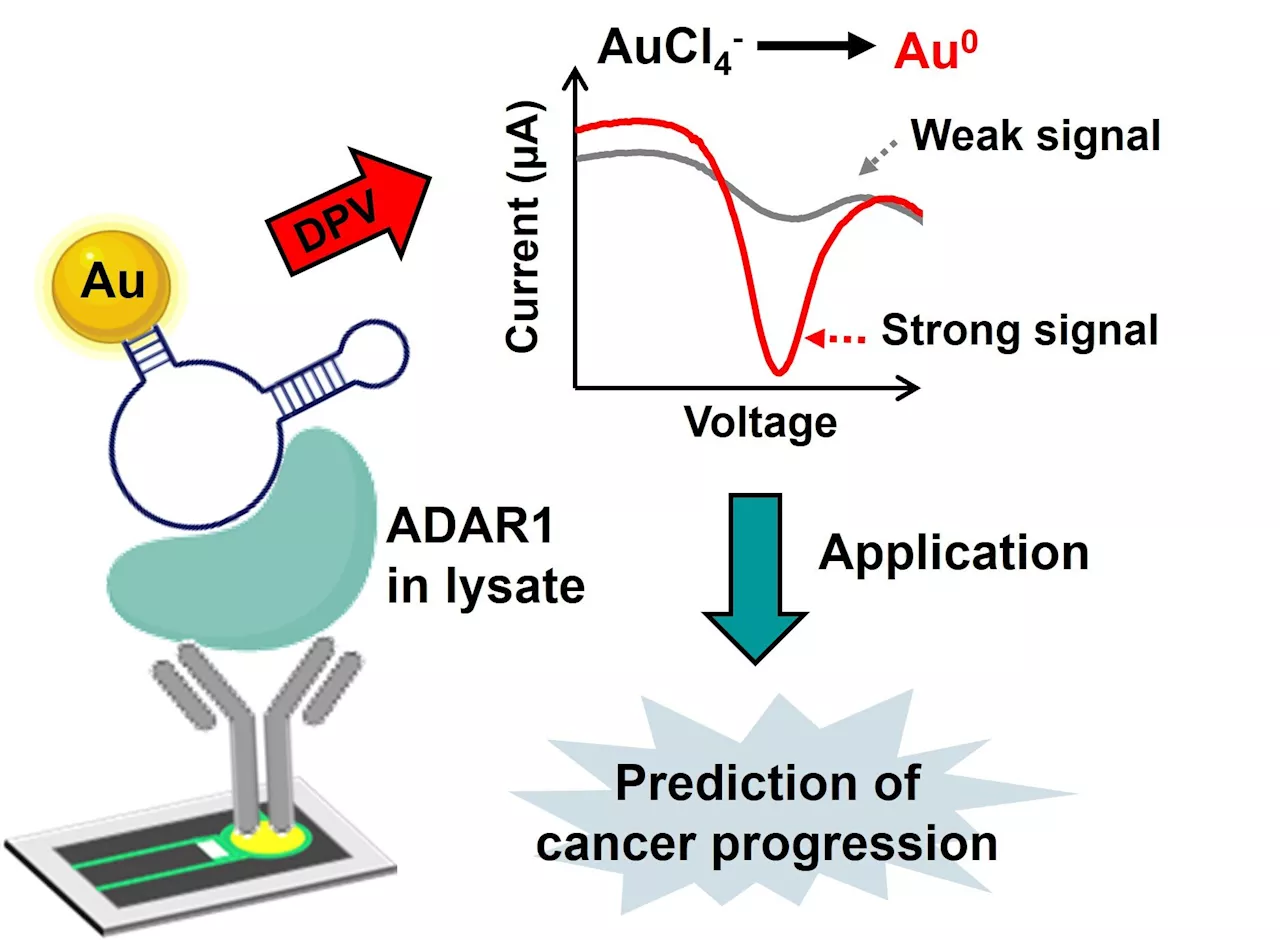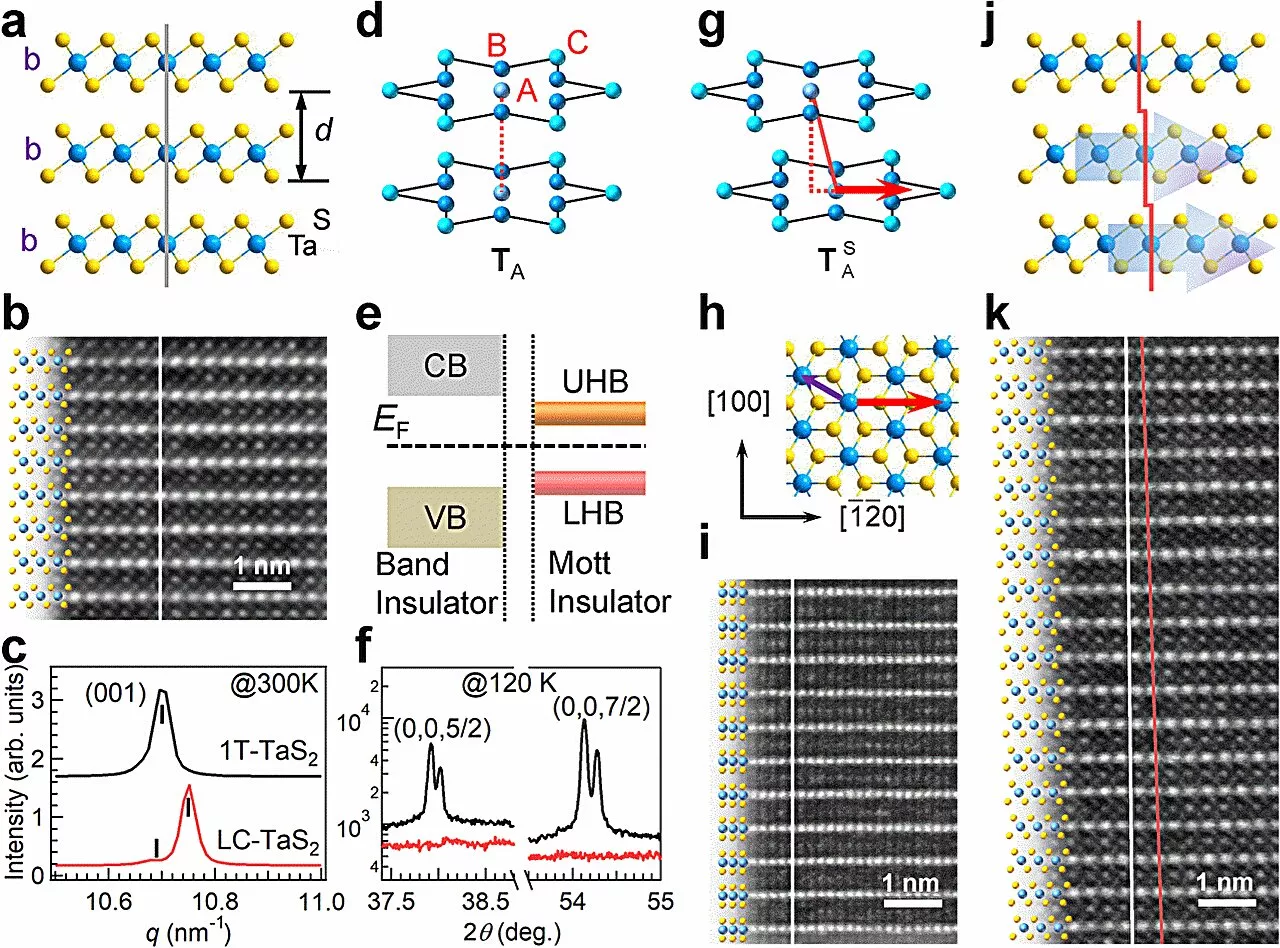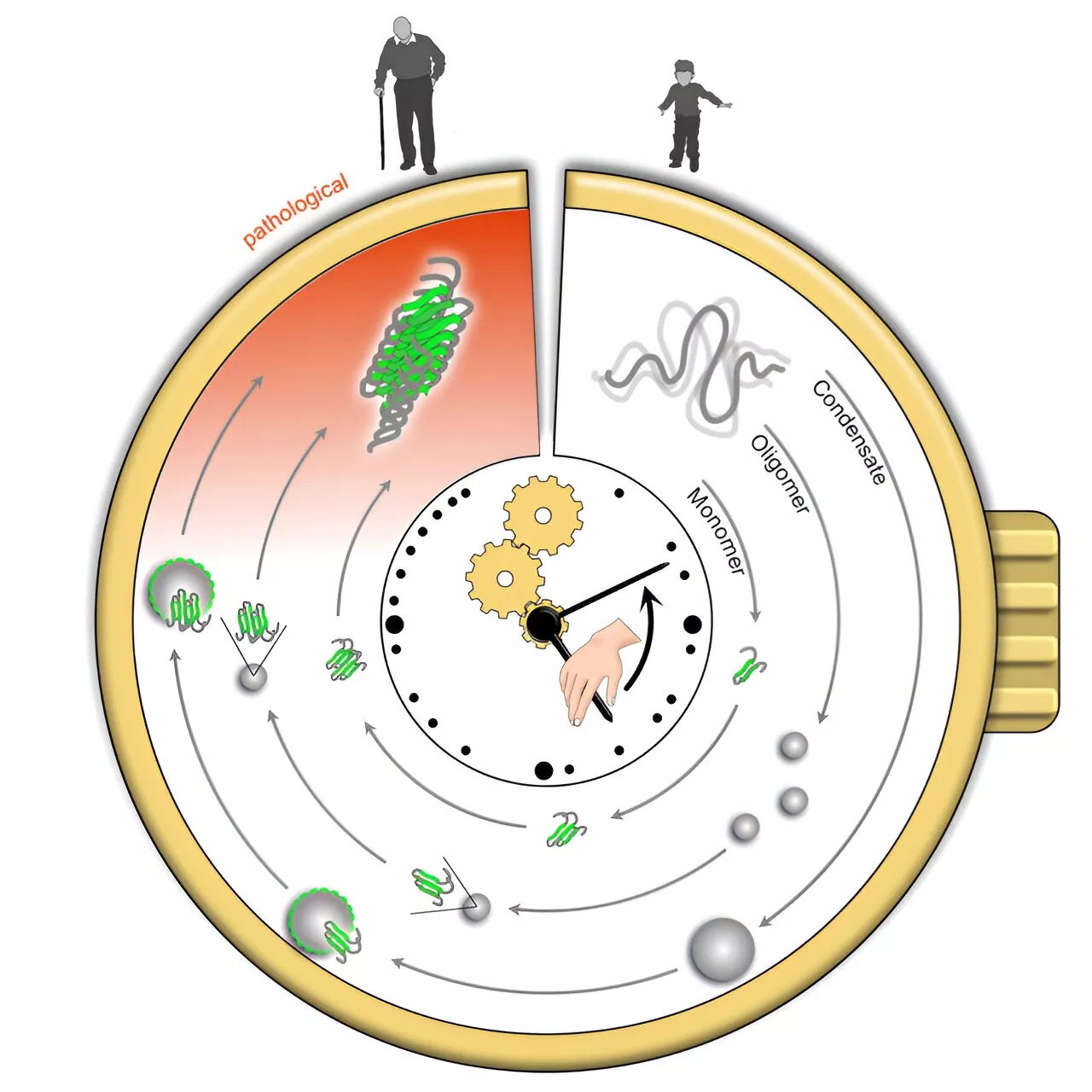When older adults fall at home, every second counts -- especially when they are alone. New research aims to cut reaction times with a human action recognition (HAR) algorithm that uses local computing power to analyze sensor data and detect abnormal movements without transmitting to a processing center offsite.
When older adults fall at home, every second counts -- especially when they are alone. New research aims to cut reaction times with a human action recognition algorithm that uses local computing power to analyze sensor data and detect abnormal movements without transmitting to a processing center offsite.
Chen said the research is important for an underserved population:"When many people talk about high tech, they are discussing something cutting edge, like a fancier algorithm, a more powerful assistant to do jobs faster or having more entertainment available. We observed a group of people -- senior citizens -- who need more help but normally do not have sufficient resources or the opportunity to tell high-tech developers what they need.
"The most dangerous place for falls is the bathroom, but nobody wants to set up a camera there," Chen said."People would hate it." Another idea, which Chen is exploring with Associate Professor Shiqi Zhang from the Department of Computer Science, is for the system to include a robot dog or similar"pet" that would keep a closer watch as someone did their daily tasks. Last fall, Zhang demonstrated how a robot dog might guide someone with visual impairment through tugs on a leash.
Medical Topics Healthy Aging Today's Healthcare Workplace Health Diseases And Conditions Disability Health Policy
United States Latest News, United States Headlines
Similar News:You can also read news stories similar to this one that we have collected from other news sources.
 Researchers reveal new pathway to improve traumatic brain injury outcomesWorking together to understand the factors which could be used to predict outcome following TBI, researchers examined factors related to social support, health, clinical care, biological markers, acute interventions, and longer-term outcomes.
Researchers reveal new pathway to improve traumatic brain injury outcomesWorking together to understand the factors which could be used to predict outcome following TBI, researchers examined factors related to social support, health, clinical care, biological markers, acute interventions, and longer-term outcomes.
Read more »
 “Previously Only Theorized” – Researchers Demonstrate New Way To “Squeeze” Infrared LightScience, Space and Technology News 2024
“Previously Only Theorized” – Researchers Demonstrate New Way To “Squeeze” Infrared LightScience, Space and Technology News 2024
Read more »
 Researchers develop new electrochemical biosensor for cancer prognosisResearchers at Nano Life Science Institute (WPI-NanoLSI), Kanazawa University report in Biosensors and Bioelectronics: X a novel approach for detecting a particular biomolecule associated with several diseases.
Researchers develop new electrochemical biosensor for cancer prognosisResearchers at Nano Life Science Institute (WPI-NanoLSI), Kanazawa University report in Biosensors and Bioelectronics: X a novel approach for detecting a particular biomolecule associated with several diseases.
Read more »
 New intellectual property treaty does little to protect Māori traditional knowledge, say researchersThe problem of 'biopiracy'—the misappropriation and patenting for profit of Indigenous knowledge—has been on the rise for some time. So a global treaty aimed at protecting traditional knowledge and genetic resources should be a welcome development.
New intellectual property treaty does little to protect Māori traditional knowledge, say researchersThe problem of 'biopiracy'—the misappropriation and patenting for profit of Indigenous knowledge—has been on the rise for some time. So a global treaty aimed at protecting traditional knowledge and genetic resources should be a welcome development.
Read more »
 Researchers present new method to fine-tune properties of layered transition metal dichalcogenide crystalsA research group led by Prof. Cao Liang from the Hefei Institutes of Physical Science of the Chinese Academy of Sciences, together with collaborators, has introduced an additional translational degree of freedom in layered transition metal dichalcogenide crystals, enabling fine-tuning of their physical properties.
Researchers present new method to fine-tune properties of layered transition metal dichalcogenide crystalsA research group led by Prof. Cao Liang from the Hefei Institutes of Physical Science of the Chinese Academy of Sciences, together with collaborators, has introduced an additional translational degree of freedom in layered transition metal dichalcogenide crystals, enabling fine-tuning of their physical properties.
Read more »
 Researchers propose a new way to measure aging and disease risk with the protein aggregation clockCould measuring protein clumps in our cells be a new way to find out our risk of getting age-related diseases? Professor Dorothee Dormann and Professor Edward Lemke of Johannes Gutenberg University Mainz (JGU), who are also adjunct directors at the Institute of Molecular Biology (IMB) in Mainz, propose the concept of a 'protein aggregation clock'...
Researchers propose a new way to measure aging and disease risk with the protein aggregation clockCould measuring protein clumps in our cells be a new way to find out our risk of getting age-related diseases? Professor Dorothee Dormann and Professor Edward Lemke of Johannes Gutenberg University Mainz (JGU), who are also adjunct directors at the Institute of Molecular Biology (IMB) in Mainz, propose the concept of a 'protein aggregation clock'...
Read more »
